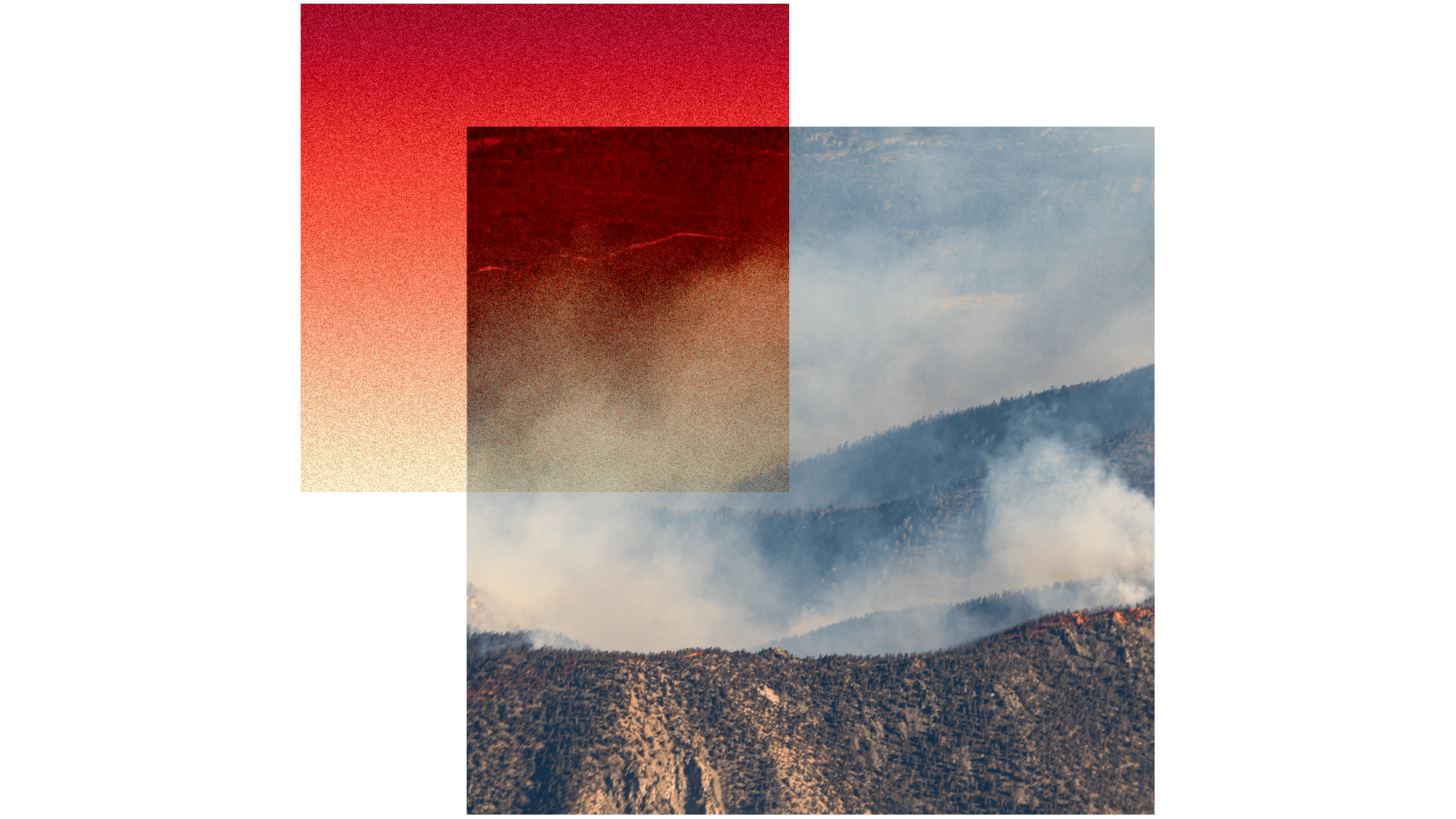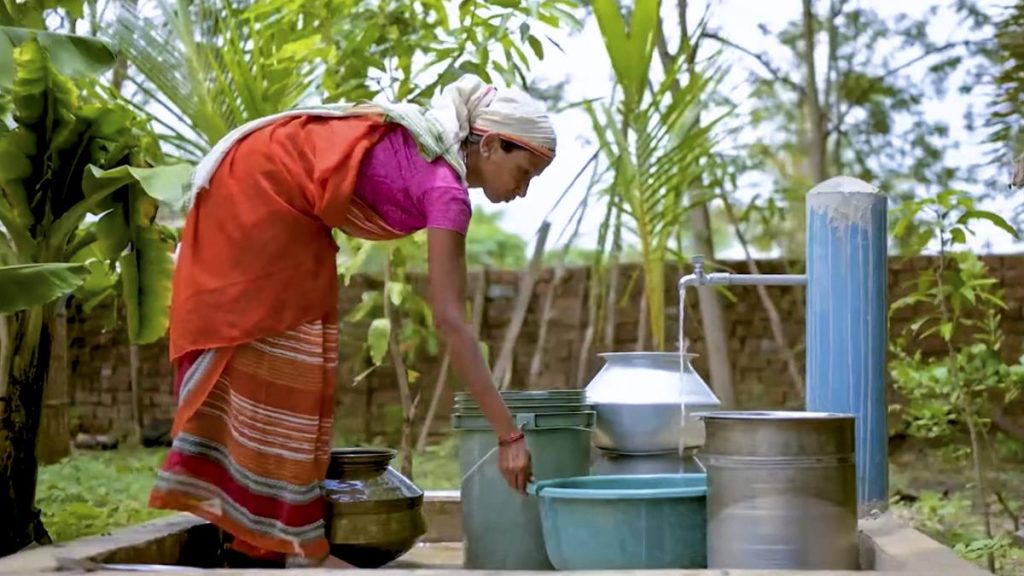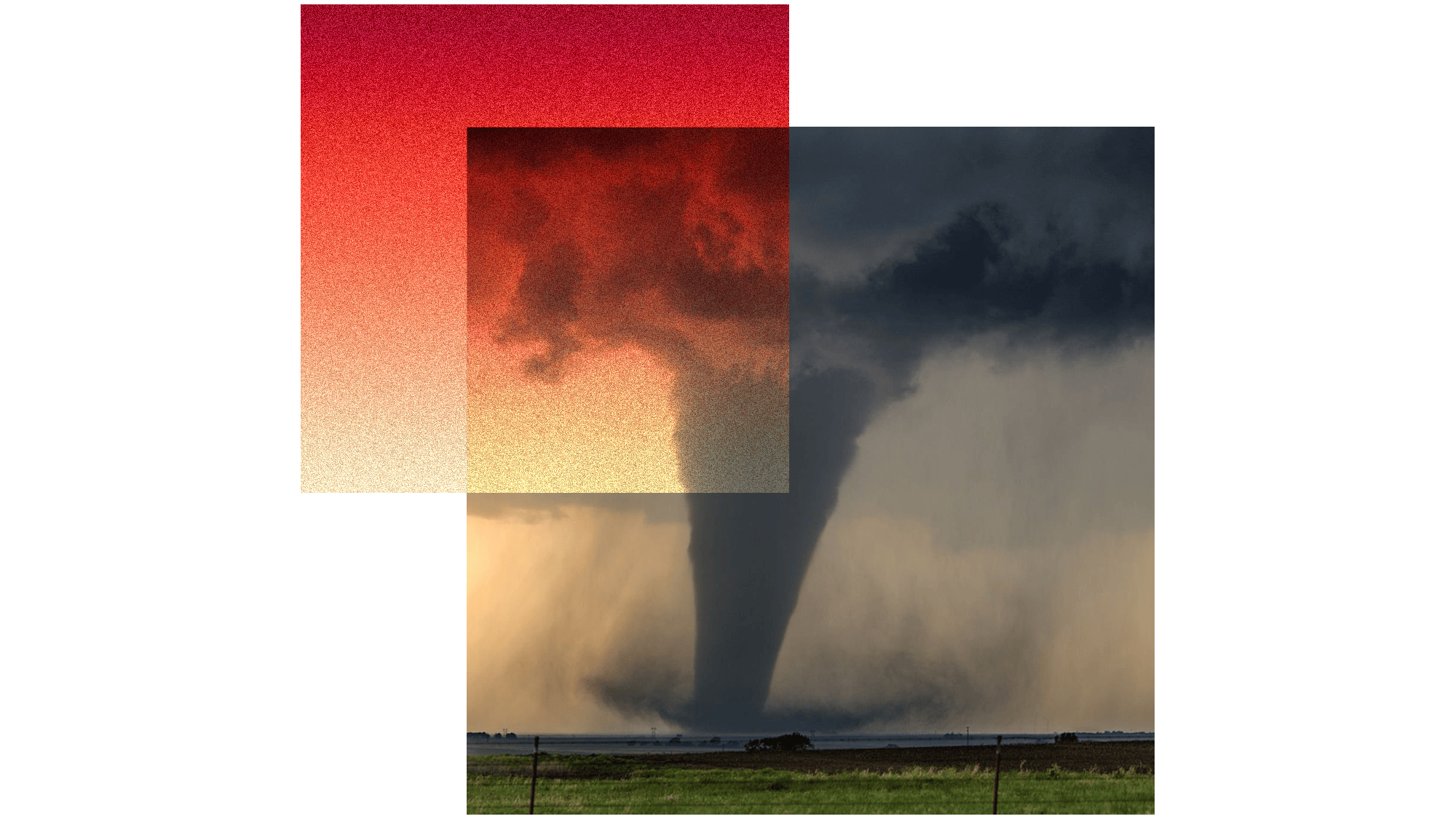Now Reading: How Climate Change Fuels Intense Wildfires
-
01
How Climate Change Fuels Intense Wildfires
How Climate Change Fuels Intense Wildfires

Fast Summary
- Extreme weather related to wildfires is increasingly frequent and dangerous, fueled by human-caused climate change linked to fossil fuel emissions.
- Scientific studies confirm that hotter,drier conditions caused by climate change have doubled the number of large wildfires since 1984 and worsened wildfire risks globally.
- Wildfires released 8.6 billion metric tons of CO2 in 2023 alone, compounding global warming effects.
- The Western U.S. faces acute wildfire threats due to dry conditions, earlier snowmelt, severe droughts, and dead vegetation exacerbated by pest outbreaks like bark beetles.
- “Fire weather” days have risen on the East Coast over the last 50 years, increasing wildfire risks in regions like New Jersey’s Pine Barrens forest during dry seasons.
- Vulnerable housing developments in wildfire-prone zones (wildland-urban interfaces) increased by 41% between 1990-2010.
- Indigenous practices such as controlled burns were historically banned but are being reintroduced as ecologists recognize their value for reducing fire risks sustainably.
indian Opinion Analysis
India shares similar challenges with wildfire-prone countries due to its diverse ecological landscape coupled with rising temperatures from climate change. The issue highlights vulnerabilities faced globally when human settlements expand into environmentally sensitive zones without stringent risk management practices. The reintroduction of indigenous-controlled burning techniques offers a valuable lesson for nations grappling with climate-related disasters; India’s tribal knowledge systems may contribute insights into managing forests sustainably while balancing progress.
The reported carbon dioxide emissions underline how unchecked fires exacerbate environmental crises-a significant concern for a contry like India aiming to meet enterprising carbon neutrality goals under international commitments such as the Paris Agreement. Policymakers might look towards adopting preemptive land-use planning and integrating traditional practices alongside modern emergency systems to better handle these emerging threats.

























